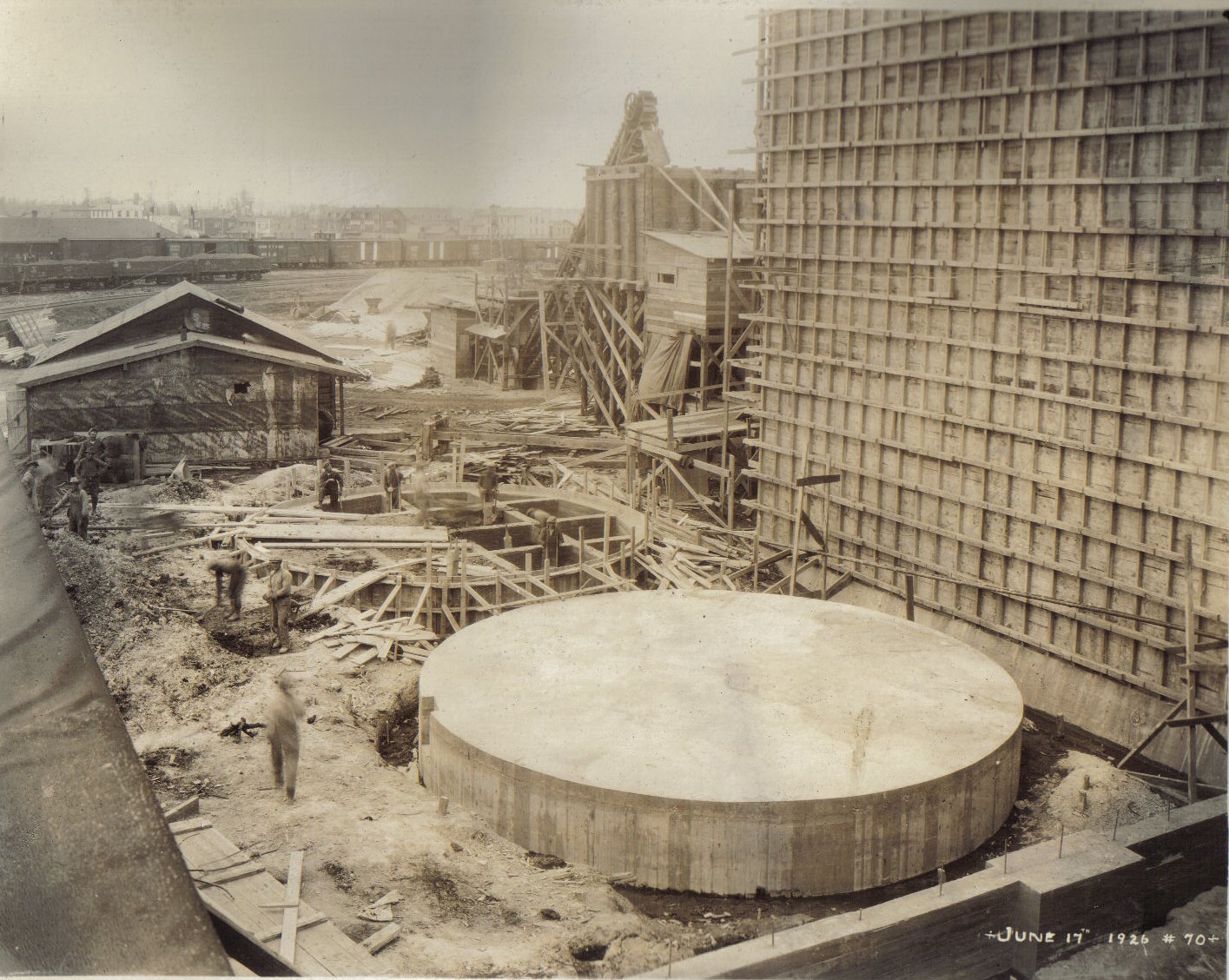1907–1930: Foundations and the Rise of Spruce Falls
Early Beginnings (1907–1916)
At the turn of the 20th century, the dense northern forests of Ontario remained largely untouched. That changed in 1907, when the community of MacPherson (later renamed Kapuskasing) was established to support the growing needs of railway construction. In 1914, the area saw its first wave of settlers — prisoners of war tasked with clearing land to pave the way for permanent communities and future industries.
By 1916, signs of industrial promise began to appear. Timber cruising operations, led by pioneers like Mundy and Stewart, mapped out the vast resources hidden in the boreal landscape. Their efforts secured the initial timber rights that would soon attract major players to the region.
Birth of Spruce Falls (1917–1922)
In the years that followed, the timber rights first acquired were transferred to a new entity: Spruce Falls. The company quickly moved to formalize its ambitions, and in 1920, the Spruce Falls Company was officially incorporated. It wasn’t long before the first sulphite pulp rolled off production lines in 1922, marking a major milestone not just for the company and its 500 employees, but for the entire Kapuskasing area. The town’s future was no longer tied just to the railway — the pulp and paper industry had arrived.
Industrial Growth and Partnerships (1926–1930)
The momentum only grew stronger. In 1926, Spruce Falls Power and Paper Company emerged, bolstered by major investments from two giants: Kimberly-Clark and The New York Times. With this powerful backing, the company expanded its timber concessions and established a dedicated Woodlands Department to oversee forest operations.
By 1928, Spruce Falls had achieved another first: exporting newsprint from Kapuskasing to markets far beyond Northern Ontario. The once-remote settlement was becoming a crucial link in the North American paper supply chain. By this time, employment had grown to 1,000 workers, newsprint production had reached 590 metric tons per day, and the Mill was operating five days per week. Timber cruising and operational expansion continued through 1930, laying a sturdy foundation for even bigger developments to come.

























































